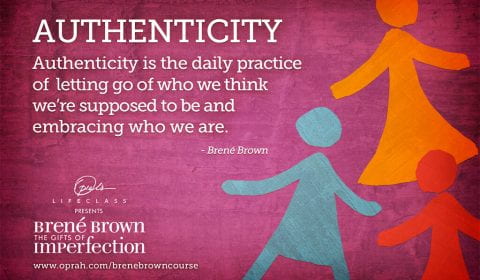It’s hard to argue that the culture of our country impacts that culture of our schools. As we quickly approach a new school year, leaders must be intentional at creating the conditions to have a positive school culture; a culture that is inviting, energetic, engaging, and empowering:
● Inviting– all are welcome, and all means all; all-inclusive.
● Energetic– full of positive emotions and actions that are contagious.
● Engaging– encourages conversation, critical thinking, involvement, and activity.
● Empowering– all have a voice, choice, and the freedom to be authentic.

To create such a school culture takes some intentionality by every adult in the schoolhouse, starting with building leadership. Following are what I call the 5 Cs of School Culture that I derived from the work of Jostens Renaissance (@J_Renaissance), Dr. Brene Brown, Focus 3 (@Focus3_Team), and Leadership Coach Jack Slavinski (@JackSlav). When each component is incorporated into the mission, vision, beliefs, and behaviors of adults and students, the impact on school culture will be dynamic!

● Courage– “To speak one’s mind by telling all one’s heart.” -Dr. Brene Brown
● Compassion– “To suffer with.” -Dr. Brene Brown
● Connection– “The energy that exists between people when they feel seen, heard, and valued; when they can give and receive without judgement; and when they derive sustenance and strength from the relationship.” -Dr. Brene Brown
This connection can begin the moment students take their first step into school. In fact, “when teachers started class by welcoming students at the door, academic engagement increased by 20 percentage points, and disruptive behavior decreased by 9 percentage points (Edutopia, 2018).
● Character– “Ethical trust; being a person of your word, following through on your commitment and intentions, and being responsive to others.” -Jack Slavinski
● Competence– “Technical trust, which is established by the experience we create for others in our care. It’s built by solving problems with and for others.” -Jack Slavinski
To navigate and balance the 5 Cs, we have to imagine the type of learning environment we want to create and implement processes to make it happen. While it’s true we have to have a compelling vision and effectively communicate it, we must also consistently model the behaviors we want to see. This is the challenge. Here are some ways to shape the 5 Cs:
● Courage– Spend a few minutes each day talking with your staff or students about life; share stories of trials and triumphs; be honest about you feel about your school successes and shortcomings.
● Compassion– Begin each staff meeting with a centering activity that gives people time to reflect on their week, their day, or their year and to share a meaningful experience. Then use a process called “Around the Room and Back Again” to create multiple opportunities for dialogue.
● Connection– In addition to what is stated above, greet students and staff by using a process called “Four at the Door,” which was created by Tom Cody (@TjdsbTom)
Name to Name- Learn and use your students and staff names when talking with
them.
Eye to Eye- Look students in the eye.
Hand to Hand- Offer a handshake, high five, hug, or fist pump (or whatever
physical touch is appropriate and comfortable).
Heart to Heart- Say something that connects to others hearts, such as
compliment them, ask about an activity they were a part of, or ask about their
family. The possibilities are endless!
● Character– Under promise and over-deliver. When asked a question and you don’t have the answer, research it to find the answer and get back to the person who asked you. It makes a huge difference and builds credibility!
● Competence– Learn something every day by listening to a podcast, reading, journaling, and sharing what you learn with others. I choose to listen to a podcast every day when doing daily chores, and I make it a goal to read something related to my work or leadership daily. Also, make a note of what problems have been solved so you can update staff and students, and celebrate success! This can be shared in a weekly staff newsletter, blog post, or leader update.
The key is just to be human. Be real. Be present. Care. Creating a positive school culture is simple, but not easy. Take care of yourself and take care of the people whom you serve, and the learning environment will be what you envision it to be!
Be Great,
Dwight
